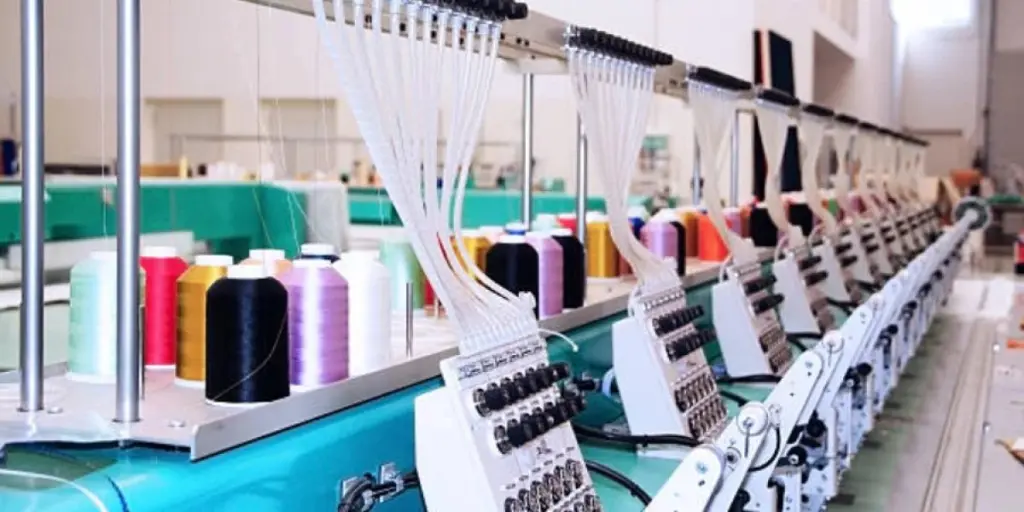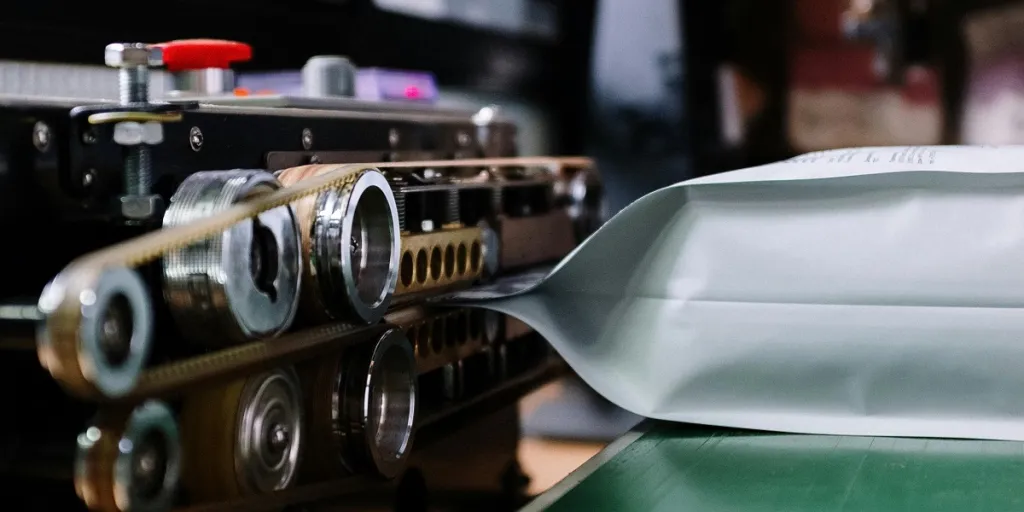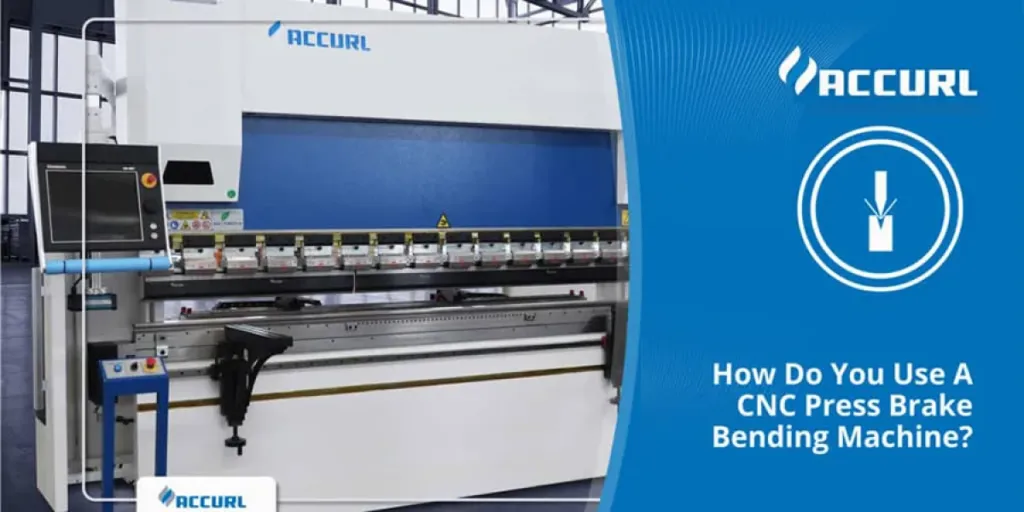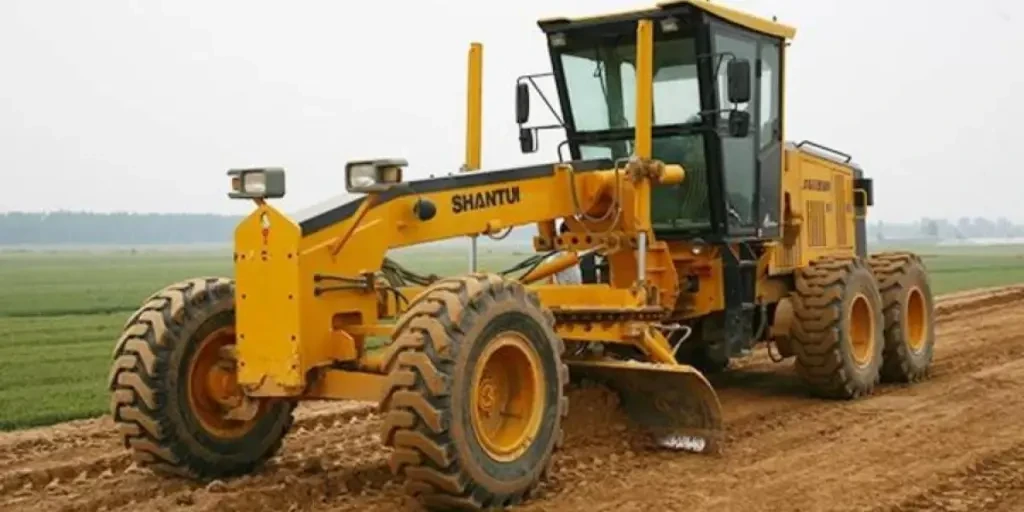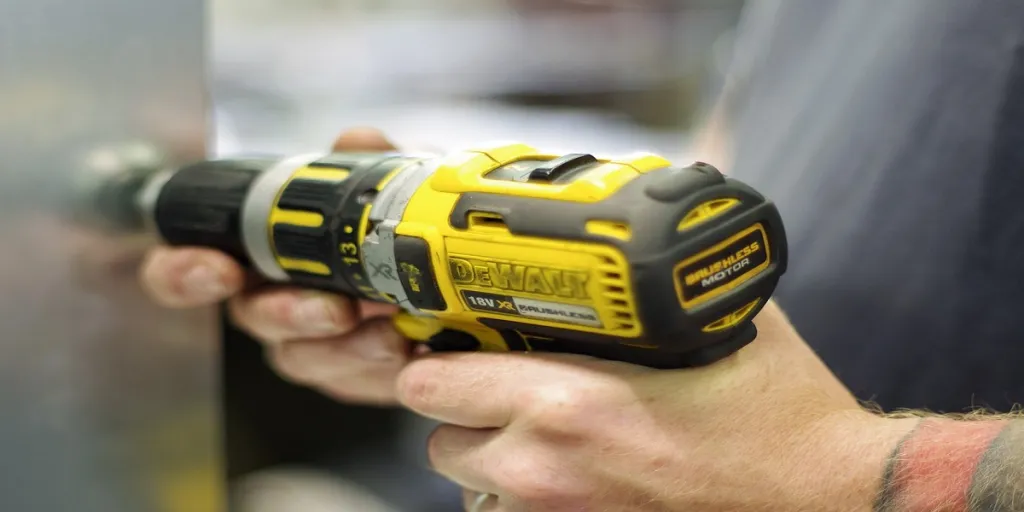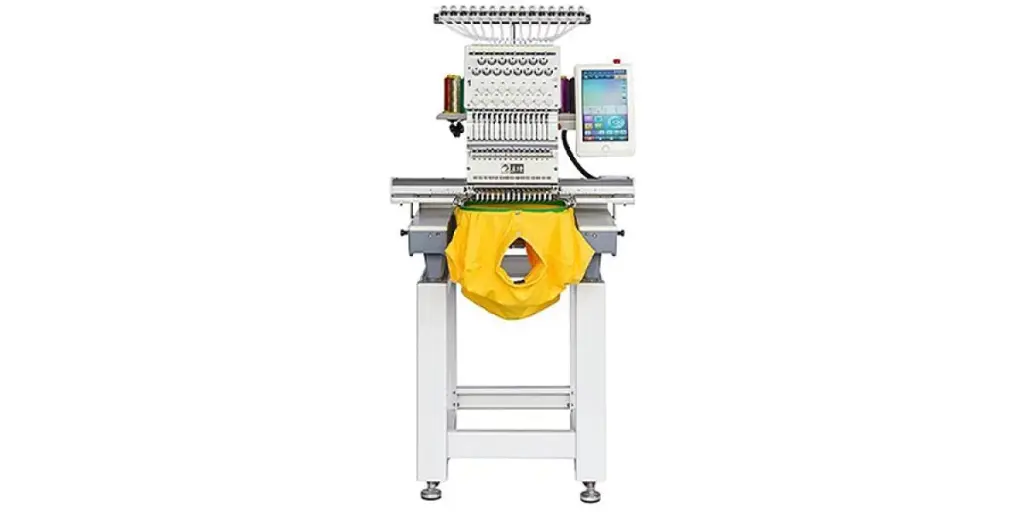The fashion realm is vibrant and ever-evolving, and Southeast Asia emerges to have a significant contribution through its prowess in the international apparel and textile industry. Various culturally rich countries in the region experience considerable growth that fuels apparel production and export. Moreover, this rapid expansion has been revolutionized by the industrial apparel machinery.
This article will shed light on the important market trends bringing the apparel machinery sector in Southeast Asia to shape. Also, it will discuss the market share of Southeast Asia apparel machinery, its unique requirements, and the impact of the trends, challenges, and opportunities. Generally, the Southeast Asia apparel machinery market is expanding, driven by sustainability, automation, and flexibility.
Table of Contents
Overview of Southeast Asia’s apparel industry
Special requirement of apparel machinery in Southeast Asia
Market trends of apparel machinery in Southeast Asia
Challenges and opportunities
Conclusion
Overview of Southeast Asia’s apparel industry
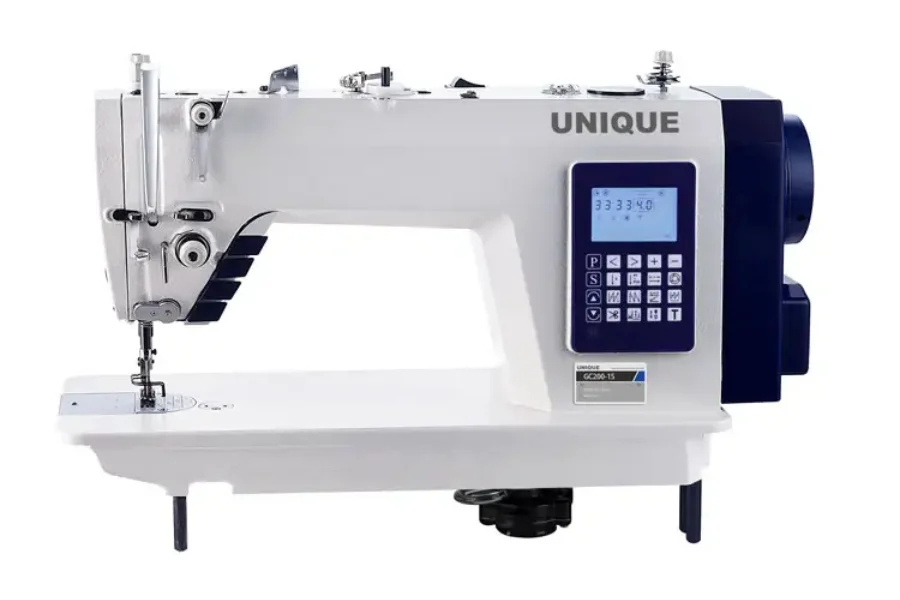
Generally, the apparel machinery market is segmented by machine type (weaving, spinning, knitting, texturing machines), distribution channel (direct & indirect), and application (garments, protective textiles, household, medical, and automotive). The key factor stimulating the growth of this industry includes the availability of raw materials like jute and cotton. Also, emerging fast-fashion trends have revolutionized the Southeast Asia apparel machinery market.
According to Consumer Market Insights, Southeast Asia’s revenue in the apparel market amounts to USD 49.78 billion in 2023. The market is anticipated to grow yearly based on a CAGR of about 4.13% between 2023 and 2027. This steady growth is ascribed to the shift in apparel production from a labor-intensive to a more advanced and industrialized sector.
Special requirement of apparel machinery in Southeast Asia
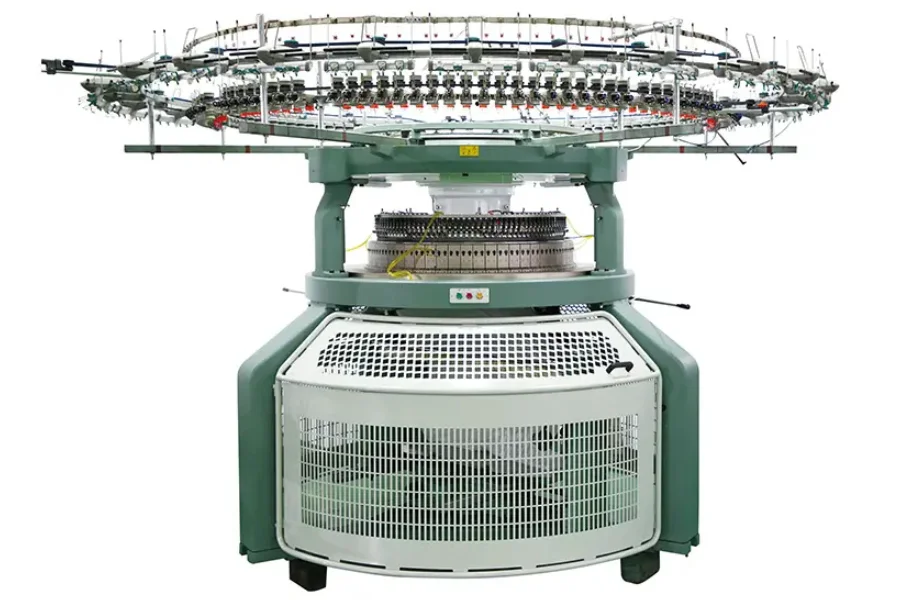
The textile and apparel industry in Southeast Asia is flourishing. However, there are special considerations and requirements for apparel equipment that provide for specific needs in the region. The requirements are inclined to market dynamics, production demands, and cultural preferences. Some of these requirements include:
– Heat and humidity resistance: The tropical climate in Southeast Asia is characterized by high humidity and temperatures that pose a challenge for apparel machinery. As such, machines should be designed to withstand the conditions while operating effectively. More attention should be paid to material selection to resist corrosion and be reliable under extreme temperatures.
– Adaptability to diverse fabrics: Southeast Asia has a rich textile heritage with the production of a broad range of fabrics like lightweight cotton, rayon, silk, and synthetic blends. Apparel equipment should have the versatility to handle various fabrics and weights. This depends on the capability of adjustable settings and mechanisms for optimal performance and quality.
– Multilingual interfaces: This culturally diverse region has multiple languages in different states. The machinery should have multilingual interfaces to include local languages easily. This simplifies training for personnel and operation because of the reduced or no language barrier.
– Compact and space-saving design: Space constraints affect several apparel production units in Southeast Asia due to the densely populated urban areas. Textile equipment with a compact footprint is highly preferred, enabling manufacturers to optimize production space and accommodate other machines and accessories.
Market trends of apparel machinery in Southeast Asia

1. Technological advancements and automation
There are significant technological inclusions and adoption of automation in apparel machinery in Southeast Asia. Key manufacturers are heavily investing in advanced equipment that has cutting-edge technologies. This has dramatically enhanced production efficiency, improved product quality, and reduced labor costs. Automation integration is in various stages, like sewing, cutting, and general fabric handling. The machines have computerized systems, Artificial intelligence, and robotics, which streamline operations and minimize errors.
2. Customization and flexibility
Flexible production and customization are highly needed in Southeast Asia’s apparel industry. Most buyers seek unique and personalized products that have resulted in a shift from bulk production to smaller batch sizes and custom-tailored garments. The preferred apparel machinery will offer quick changeover times, versatile features, and modular configurations for manufacturers to meet the demands. This equipment will promote adaptation to various styles, designs, and sizes. Popular customization options include laser cutting, digital printing, and computerized pattern making.
3. Digitalization and Industry 4.0
Digital transformation in the Southeast Asia apparel machinery market involves adopting digital technologies and Industry 4.0 integration. The digitalization options include cloud computing, big data analytics, the Internet of Things (IoT), and machine learning. These technologies offer real-time monitoring of processing, data-driven decisions, and predictive maintenance. Generally, digitalized apparel machinery offers enhanced productivity, improved overall efficiency, and the ability to respond quickly to market demands.
4. Sustainability and eco-friendly solutions
Generally, sustainability is a significant focus in the apparel industry, leading to the need for eco-friendly solutions in apparel equipment. Southeast Asian producers invest in machines that reduce environmental impact and uphold sustainable practices. They are adopting energy-efficient machines, recycling & waste management components, and waterless dyeing innovations. These machines minimize raw material consumption, reduce emissions, and ensure circular economic policies.
5. Training and skill development
The advanced machinery with sophisticated technology has increased the need for skilled personnel to operate and maintain the machines. Training and skill development provide a competent workforce that can utilize the machine’s potential. Some training initiatives include maintenance, machine operation, programming, and troubleshooting. Additionally, skill development programs increase productivity, reduce downtime, and improve general operational excellence.
Challenges and opportunities
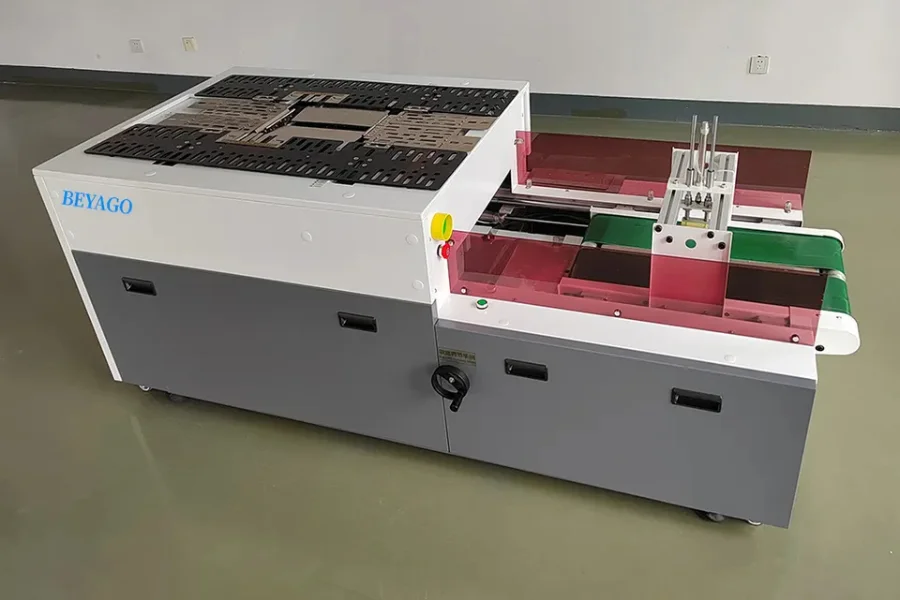
1. Cost and affordability of apparel machinery
The initial investment for these advanced apparel machinery is relatively high and can challenge small and medium-sized producers. Generally, affordability remains a vital factor for most manufacturers in Southeast Asia. While they strive to evaluate the cost-benefit ratio, they should balance high performance and affordability. In addition, they should opt for other financing plans and partnerships with suppliers to overcome cost challenges easily.
2. Competition from other regions and emerging markets
Other trade regions like China pose competition to the Southeast Asia markets. Such regions have exceptional expertise and a stronger foothold in the global market. As a result, Southeast Asia manufacturers must differentiate themselves by harnessing their unique strengths like proximity to key markets, agility, and product diversification. They should also focus on market niches like producing sustainable garments and high-end fashion. International collaborations with machinery suppliers will aid in acquiring cutting-edge equipment to stay competitive globally.
3. Potential and untapped markets in Southeast Asia
As a thriving hub for the apparel industry, Southeast Asia has not reached its potential and should tap into other regional markets and growth areas. The demand for apparel machinery and products in countries like Indonesia and Vietnam is increasing due to urbanization and a rise in disposable income.
In addition to the Philippines, they have created greater growth opportunities for apparel manufacturers. Local manufacturers can therefore expand their market share and presence in emerging markets by building efficient distribution channels and delivering tailored solutions that meet market preferences.
Conclusion
These market trends in Southeast Asia apparel machinery exhibit an ever-growing industry landscape. The key players must maneuver challenges as they embrace the opportunities presented by digitalization, customization, and technological advancements. Manufacturers should understand and adapt to these trends to strategically position themselves and gain a competitive edge. They should also focus on innovation, collaboration, and customer preferences to sustain growth in the apparel market. To find high-performance apparel equipment, visit Alibaba.com.
